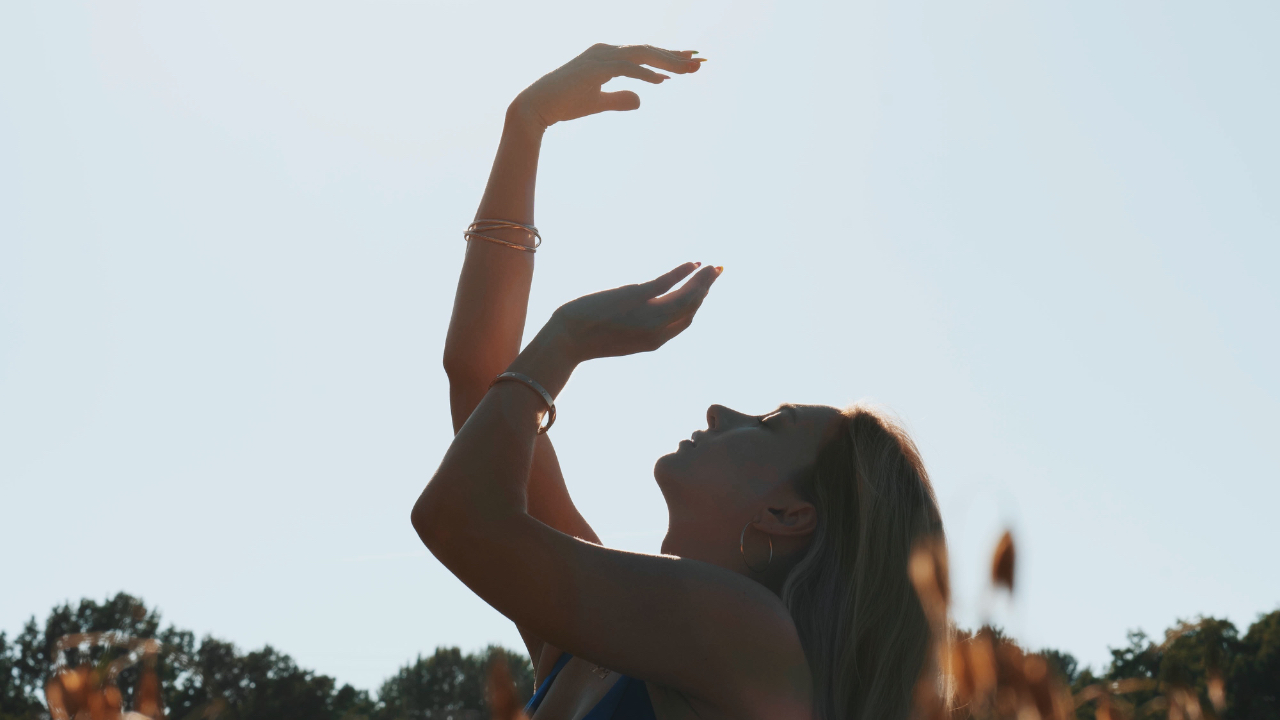
Breathe Your Way to Better Flexibility
When it comes to flexibility, most people focus on the physical: How long should I hold a stretch? What’s the best pose to loosen my hamstrings? Should I stretch every day? These are great questions, but there’s something even more important that often gets overlooked: your breath.
Breathing isn’t just about delivering oxygen to your body—it’s a powerful tool to enhance flexibility, improve mobility, and transform how your body responds to stretching. The way you breathe can make all the difference in how deeply you stretch, how comfortable you feel, and how effective your practice becomes over time.
So, if you’ve ever felt stuck in your flexibility journey, unable to get deeper into poses, or found yourself tensing up during stretches, this blog is for you. Let’s explore how intentional breathing can help you unlock your body’s potential.
Why Breathing is the Key to Better Flexibility
The way you breathe during a stretch directly affects your nervous system, which controls your body’s response to tension and movement. Imagine your muscles as tightly wound springs. When you try to stretch without focusing on your breath, those springs resist, staying coiled and tense. But when you breathe intentionally, your body receives a signal to relax and release.
Breathing works by activating your parasympathetic nervous system, often called the “rest and digest” mode. This part of your nervous system counteracts stress and tension, allowing your muscles to let go. At the same time, controlled breathing increases blood flow to your muscles, delivering oxygen and nutrients that support recovery and make stretching feel easier.
Dr. Andrew Huberman, a neuroscientist and expert in human performance, emphasizes the role of breath in flexibility. He explains that deep, intentional breathing reduces neural tension—the built-up tightness in your body’s nerves—allowing your muscles to extend further without discomfort.
Simply put: If you want to stretch more effectively, you need to breathe better.
How to Breathe for Maximum Results
While we breathe automatically throughout the day, the way you breathe during stretching requires a bit more thought. Here’s how to do it:
Start with a slow, deep inhale through your nose. Imagine that your breath is expanding the muscles you’re about to stretch, creating space and length in your body. As you exhale through your mouth, visualize releasing tension and sinking deeper into the stretch. The exhale is where the magic happens—it’s what allows your muscles to relax and stretch further.
For optimal results, maintain a steady rhythm of breathing. Avoid holding your breath, which can trigger your body’s stress response and make your muscles tighten. Instead, focus on long, slow exhales, which keep your body calm and open.
Breathing this way transforms stretching from a purely physical exercise into a mindful, meditative practice. Not only will you improve your flexibility, but you’ll also feel more connected to your body and less stressed overall.
The Benefits of Breathing in Stretching
When you incorporate proper breathing into your flexibility practice, the results can be transformative. You’ll notice:
1. Deeper Stretches: With your muscles relaxed, you’ll be able to sink further into poses without discomfort.
2. Faster Recovery: Breathing increases blood flow, helping your muscles recover and adapt more quickly.
3. Improved Focus: Intentional breathing keeps you present, making your stretching routine feel more rewarding and effective.
4. Reduced Stress: Stretching combined with deep breathing activates your body’s relaxation response, leaving you calmer and more grounded.
Make Breathing a Habit
If you’re ready to put this into practice, start small. Choose one stretch—perhaps a seated forward fold or a simple spinal wave—and focus entirely on your breath as you move. Inhale deeply to prepare your body, and exhale slowly to release tension and deepen the stretch. Spend just 5-10 minutes a day on this practice, and notice how your body feels afterward.
Consistency is key. Like any skill, breathing with intention during stretching takes practice. But over time, it will become second nature, and you’ll see the benefits not just in your flexibility but in your overall well-being.
The Bottom Line
Flexibility isn’t just about your muscles—it’s about creating harmony between your body and mind. By focusing on your breath, you can unlock new levels of mobility, ease tension, and turn your stretching routine into a calming, transformative experience.
P.S. If you’re curious to learn more about flexibility techniques or want to explore guided routines, head over to my blog for more tips and advice. Your flexibility journey starts here—one breath at a time.


